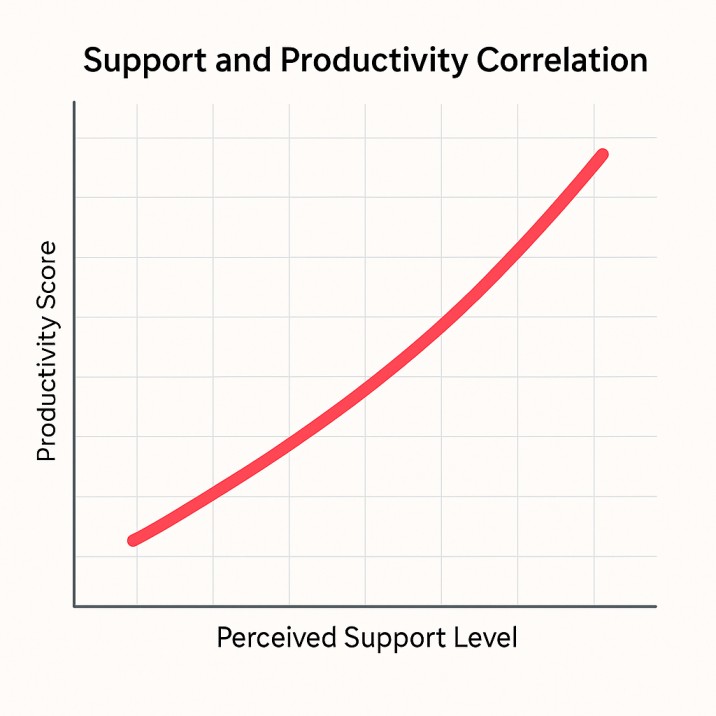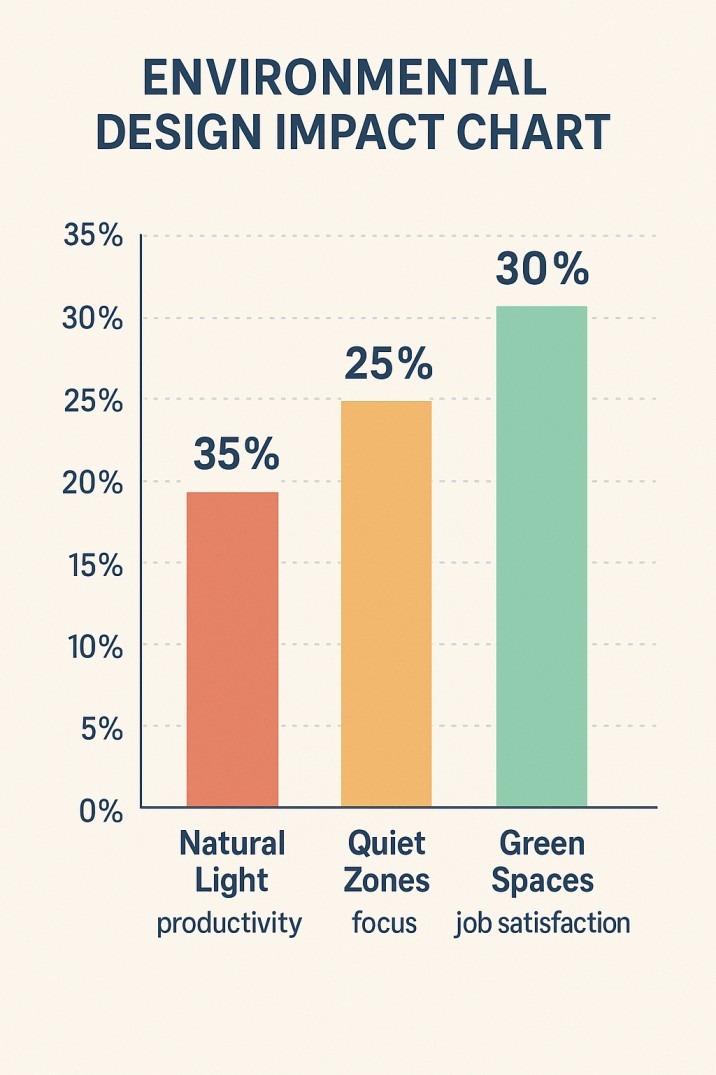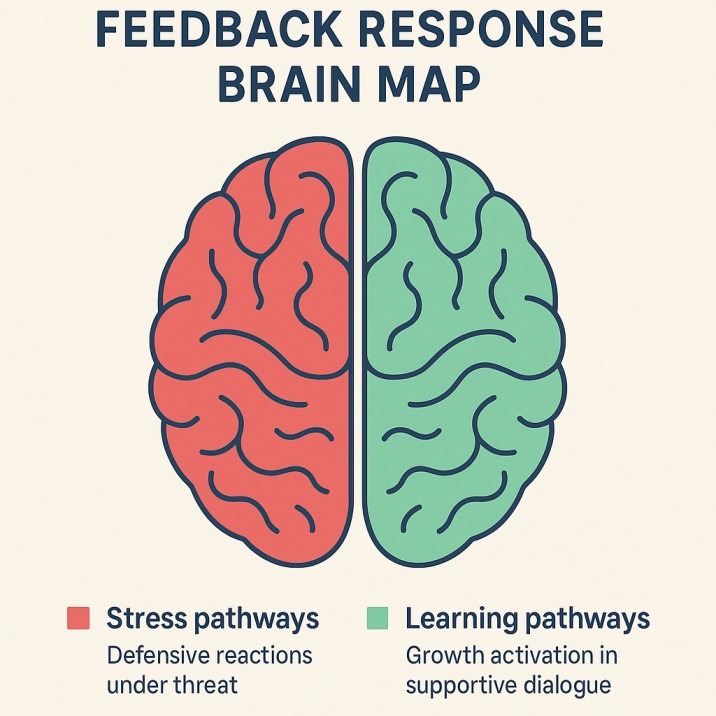A supportive environment is not a slogan on an office wall—it’s a living ecosystem where people feel secure enough to grow, collaborate, and fail forward. Modern neuroscience and organizational psychology have started decoding what makes this kind of space possible, showing that empathy and structure aren’t opposites but partners in human performance. In a world increasingly defined by digital distance, the supportive environment has become both a psychological necessity and a competitive advantage.
A supportive environment blends empathy, structure, and trust to elevate performance. Neuroscience shows safety enhances creativity while inclusive leadership fosters resilience. When people feel valued and secure, engagement and innovation flourish. Support is not comfort but the essential foundation of sustainable excellence and human-centered organizational success.
The Psychology Beneath Support
At the core of every supportive environment lies a shared sense of psychological safety. Harvard researcher Amy Edmondson found that teams who feel safe to voice ideas or admit mistakes outperform those that don’t—by up to 35% in innovation metrics. When employees don’t fear judgment, the prefrontal cortex (responsible for creativity and reasoning) stays active instead of being hijacked by the amygdala’s stress response.
Neuroscience confirms that safety triggers dopamine, not cortisol, allowing people to focus on problem-solving rather than self-protection. This biological truth explains why high-trust teams in a supportive environment generate more ideas, more engagement, and more loyalty.
The Data-Driven Workplace Shift
Organizations are beginning to treat the supportive environment as a measurable asset rather than an abstract value. Studies from the World Economic Forum show that workplaces with high psychological safety report 27% higher retention rates. Meanwhile, Gallup data reveals that supportive leadership correlates with a 21% increase in profitability.
It’s not about comfort—it’s about conditions for sustainable performance. A supportive environment minimizes energy wasted on anxiety and redirects it toward productive engagement. When employees feel seen and valued, they invest discretionary effort, leading to measurable outcomes that benefit both people and business.

The Social Blueprint of Support
Social support isn’t an accidental feature—it’s a structural one. A supportive environment integrates inclusion into its DNA. When teams are diverse but not inclusive, psychological strain rises. But when inclusion and belonging are designed intentionally, group cohesion strengthens.
Research from Deloitte found that employees who feel included are 42% less likely to leave within a year. The supportive environment works like a neural network: every connection reinforces another, making the system more resilient. It’s a chain reaction of empathy and accountability.
Leadership as the Emotional Climate Architect
Leaders define the weather in any organization. Their tone, availability, and curiosity set the climate that others either thrive in or hide from. In a supportive environment, leadership is less about authority and more about attunement.
A leader who listens deeply activates mirror neurons in the listener’s brain, signaling empathy and safety. This micro-interaction reduces anxiety and increases oxytocin—a hormone linked to bonding and trust. The science of the supportive environment is not abstract; it’s biochemistry in action, repeated through daily habits.
Executives at companies like Google and Microsoft now train in emotional intelligence because they recognize that data alone doesn’t drive innovation—emotion does. The shift from “management” to “mentorship” is the cornerstone of a supportive environment.
The Role of Space and Design
Even architecture contributes to a supportive environment. Neuroscientific design principles show that lighting, noise, and spatial flow affect cortisol levels and concentration. Natural light increases serotonin production, while green spaces and quiet zones reduce stress responses.
Amazon and Apple, for example, have integrated biophilic design—spaces that mimic nature—to encourage restoration and creativity. The supportive environment begins with how space interacts with human biology. When people can think, breathe, and recover, they perform better.

The Digital Paradox
As work shifts online, building a supportive environment becomes both harder and more vital. Virtual collaboration tools often amplify isolation instead of connection. Without physical cues, trust must be built through clarity and consistency.
In remote teams, responsiveness becomes the new empathy. A delayed message can feel like emotional distance. To sustain a supportive environment digitally, leaders must communicate with intentional warmth, celebrate small wins publicly, and create shared rituals—even virtual coffee breaks.
Research from MIT’s Human Dynamics Lab found that digital teams maintaining regular informal interactions outperform others by 30%. The key is relational rhythm—structured empathy that keeps human bonds alive across distance.
The Neuroscience of Feedback
Feedback, when mishandled, can rupture trust. In a supportive environment, it becomes developmental rather than judgmental. The brain processes criticism as a social threat, releasing cortisol and triggering defensiveness. But feedback framed around growth stimulates the anterior cingulate cortex—linked to learning and motivation.
For example, saying “Let’s improve this together” activates collaboration circuitry rather than fight-or-flight instincts. The supportive environment treats feedback as a shared discovery process, not a verdict.

Building Endurance Through Empathy
The supportive environment also enhances resilience. During crises, employees in high-trust cultures recover faster from setbacks. Studies after the pandemic revealed that organizations with strong empathy frameworks had 2.3x faster recovery in engagement scores.
Empathy acts like a social shock absorber. It doesn’t erase challenges—it redistributes the emotional load. The supportive environment transforms hardship into collective learning, creating a community of endurance.
Education, Growth, and the Future of Work
As automation reshapes industries, the supportive environment becomes the last irreplaceable advantage. Machines can replicate logic, but they cannot replicate trust. The future workforce will prioritize empathy-driven collaboration as the foundation for creative problem-solving.
Forward-thinking companies are already adopting “learning ecosystems,” where employees mentor each other, share knowledge openly, and grow together. These systems reflect the DNA of a supportive environment: curiosity, humility, and psychological safety working in unison.
In education, the same principles apply. Classrooms designed as supportive environments produce higher engagement, lower dropout rates, and more innovation in thought. The science is universal: wherever humans feel supported, they evolve faster.
The Future of the Supportive Environment
In the next decade, the supportive environment will become a measurable KPI. Companies will track empathy as rigorously as revenue. Artificial intelligence will help monitor well-being signals—sentiment, burnout patterns, micro-interactions—while humans will remain the interpreters of meaning.
The science behind support is no longer guesswork; it’s evidence. When people feel valued, their brains unlock performance pathways that no amount of pressure can replicate. The supportive environment is not a perk—it’s infrastructure. It’s the invisible architecture of trust that allows humans to think bravely, work boldly, and connect deeply.
In every industry, the next revolution won’t be technological—it will be emotional. The organizations that master the supportive environment today will define the excellence of tomorrow.
Andrea Balint is a writer and researcher focused on human behavior, workplace psychology, and personal growth. Through her work at CareersMomentum, she explores how mindset, leadership, and emotional intelligence shape modern careers. With a background in communication and HR development, she transforms complex ideas into practical insights that help readers build clarity, confidence, and professional purpose.
